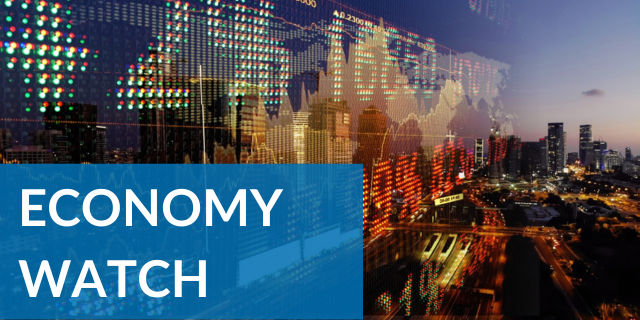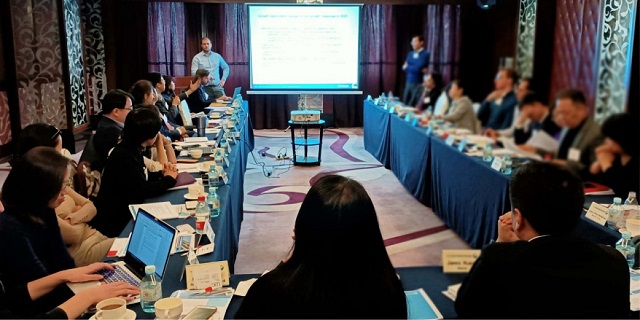This China Center members-only Data Flash is a brief interpretive summary of China’s official monthly economic data release for May 2013. Key points include:
- Economic growth momentum continued to taper off through April and into May. Despite a headline uptick in industrial production and retail sales last month, the overall trajectory of the economy is decelerating – evidenced most recently by the drop in May’s flash HSBC manufacturing PMI below the 50-point threshold to 49.6 (versus a 50.4 final reading in April).
- Furthermore, we continue to expect both real estate and monetary policy to tighten throughout the year. House prices have continued to face upward pressure in spite of the most recent curbs on purchases, even as transactions have fallen off. Additionally, credit expansion slowed in April and should continue to do so throughout this quarter. Top leadership has begun to explicitly downplay prospects for a new round of government stimulus, although they have yet to forcefully state, much less implement, a clear agenda to rein in non-bank credit creation.
- Newly increased Total Social Financing (TSF) slowed in April, growing at 1.75 trillion RMB compared to 2.55 trillion in March. New bank loans eased rather sharply to 793 billion RMB from 1.06 trillion in March, presumably due to an outflow of deposits from the banking sector. While the market expects new bank loans to come in around 900 billion in May, weak deposit growth is likely to constrain new bank lending. Going forward, if the increasing regulations over wealth management products and bond trading really bite, bank loans may begin to grow once again as a proportion of overall TSF issuance. And if such a change does occur, it will signal that leadership has begun to reclaim control over the increasingly large shadow banking system.
- The consequences of administrative monetary tightening in the non-bank sector are still difficult to assess since the linkage between credit creation and real growth has weakened. It may be possible that just as increased credit extension has recently not boosted the economy much, gradual tightening will also not depress economic activity substantially. However, reduced loan evergreening would necessarily lead to write offs, bailouts or some other costs. Our outlook is for GDP to grow at 7.2 percent on average in H2 2013.
- Economic indicators in the real economy remained tepid in April, with growth in industrial production coming in at 9.3 percent y-o-y, slightly up from March’s 8.9 percent growth, but not enough to signal any sort of rebound for the industrial sector – and well below the average growth of 10.8 percent in 2012. On the consumer side, retail sales growth showed a 12.8 percent y-o-y expansion, also slightly up from March’s reading of 12.6 percent. Again, the small uptick is not enough to signal a rebound in domestic spending, particularly since disposable income for urbanites slowed to 6.7 percent y-o-y growth in the first quarter (slower than real GDP growth). Additionally, consumer prices began rising again in April as growth in the CPI stood at 2.4 percent y-o-y, up from 2.1 percent in March.
- While industrial activity and consumption remained relatively level, investment growth continued to weaken. Headline Fixed Asset Investment grew at 20.6 percent y-o-y (year-to-date), down from 20.9 percent for the year-to-March. These rates imply monthly growth of 19.8 percent y-o-y for April alone, down from 21.5 percent in March and the 21.3 percent average for Q1 2013. Manufacturing investment is still pulling down the headline numbers, expanding at 17.7 percent y-o-y, down from 20 percent in March.
- Overall economic growth in China continues to slow. The slight uptick in industrial production and retails sales was not nearly enough to offset weaknesses elsewhere, particularly in investment. At present we do not expect a dramatic economic correction to occur, but the outlook does continue to be one of a gradual easing in growth throughout the rest of the year.













